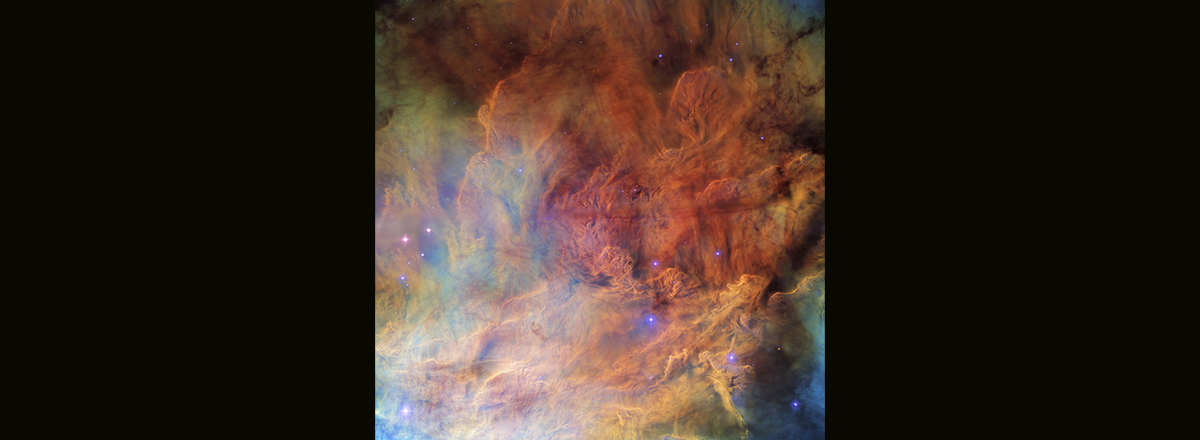Hubble Captured a Star-Studded Cosmic Cloud
NGC 6530 is a cluster of several thousand stars embedded within the Lagoon Nebula – a gigantic interstellar cloud of gas and dust. It is the nebula that gives this image its distinctive smoky appearance.

The NASA/ESA Hubble Space Telescope has captured the central region of a young open star cluster NGC 6530, located in the constellation Sagittarius at a distance of about 4,350 light-years from Earth. It looks like a roiling wall of smoke studded with stars.
NGC 6530 is a cluster of several thousand stars embedded within the Lagoon Nebula – a gigantic interstellar cloud of gas and dust. It is the nebula that gives this image its distinctive smoky appearance; clouds of interstellar gas and dust stretch from one side of the image to the other.
1/ A portion of the open cluster NGC 6530 appears as a roiling wall of smoke studded with stars in our ESA/Hubble Picture of the Week. NGC 6530 is a collection of several thousand stars lying around 4350 light-years from Earth in the constellation Sagittarius. pic.twitter.com/EJMmb4CQ8V
— HUBBLE (@HUBBLE_space) December 12, 2022
Stars are born in such clouds of molecular interstellar gas and dust. Astronomers scoured the region in the hope of finding proplyds, a particular class of illuminated protoplanetary disks around newborn stars. The vast majority of the proplyds have only been previously found in one region – the nearby Orion Nebula.
The NGC 6530 cluster region is one of the alternative regions where there could be many protoplanetary disks around young stars. Observations of Hubble will be supplemented and expanded by observations of the James Webb Space Telescope. In just a short time, Webb will undoubtedly capture the most interesting regions of the NGC 6530 cluster with even more impressive detail.

